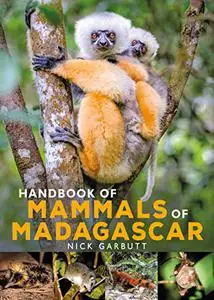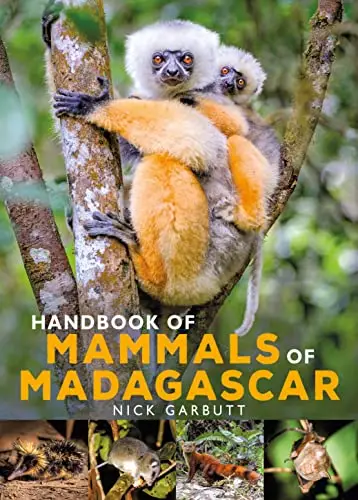Handbook of Mammals of Madagascar
by Garbutt, Nick;
English | 2023 | ISBN: 0691239916 | 449 pages | True PDF EPUB | 682.74 MB
by Garbutt, Nick;
English | 2023 | ISBN: 0691239916 | 449 pages | True PDF EPUB | 682.74 MB
Madagascar is home to one of the most remarkable assemblages of mammals on earth. Millions of years of isolation has resulted in the evolution of a suite of species that are exceptional for two major reasons. Firstly, every native non-volant species (approximately 210 species) is endemic. No other island or place on earth boasts such a combination of species richness and endemism. And secondly, these mammals have evolved an extraordinary diversity of body forms and lifestyles often displaying significant convergence with forms elsewhere but also at times evolving utterly unique features.
Handbook of the Mammals of Madagascar describes all 217 native species, including bats, tenres, mice and lemurs, and a small number of introduced, non-native species. Species accounts are subdivided into sections covering description and identification, habitat and distribution (including distribution maps), behaviour and where to see. Over the past 15 years, major advances in research have been made into the island's mammal fauna and species accounts include all the latest information.
Supporting chapters cover the island's regions and habitats, threats to mammals, conservation and important mammal watching sites. There is also a section covering the bizarre extinct mammal fauna.
Throughout, the book is illustrated with exceptional, high-quality photography, often featuring species rarely photographed previously.



